119 Blu-ray / Wilhelm Furtwängler: Piano Quintet in C major
Description
"What the legendary conductor always wanted more than anything was to be a composer. And what other works merely hint at is clearly obvious from this huge three-movement work, a child born of the pain of more than twenty years, a statement: Furtwängler was a man of longing who wanted to outdo Wagner and Bruckner in tonality and the span of feeling. The Clarens Quintet turns this document into an experience." (Kultur-Spiegel)
3 reviews for 119 Blu-ray / Wilhelm Furtwängler: Piano Quintet in C major
You must be logged in to post a review.

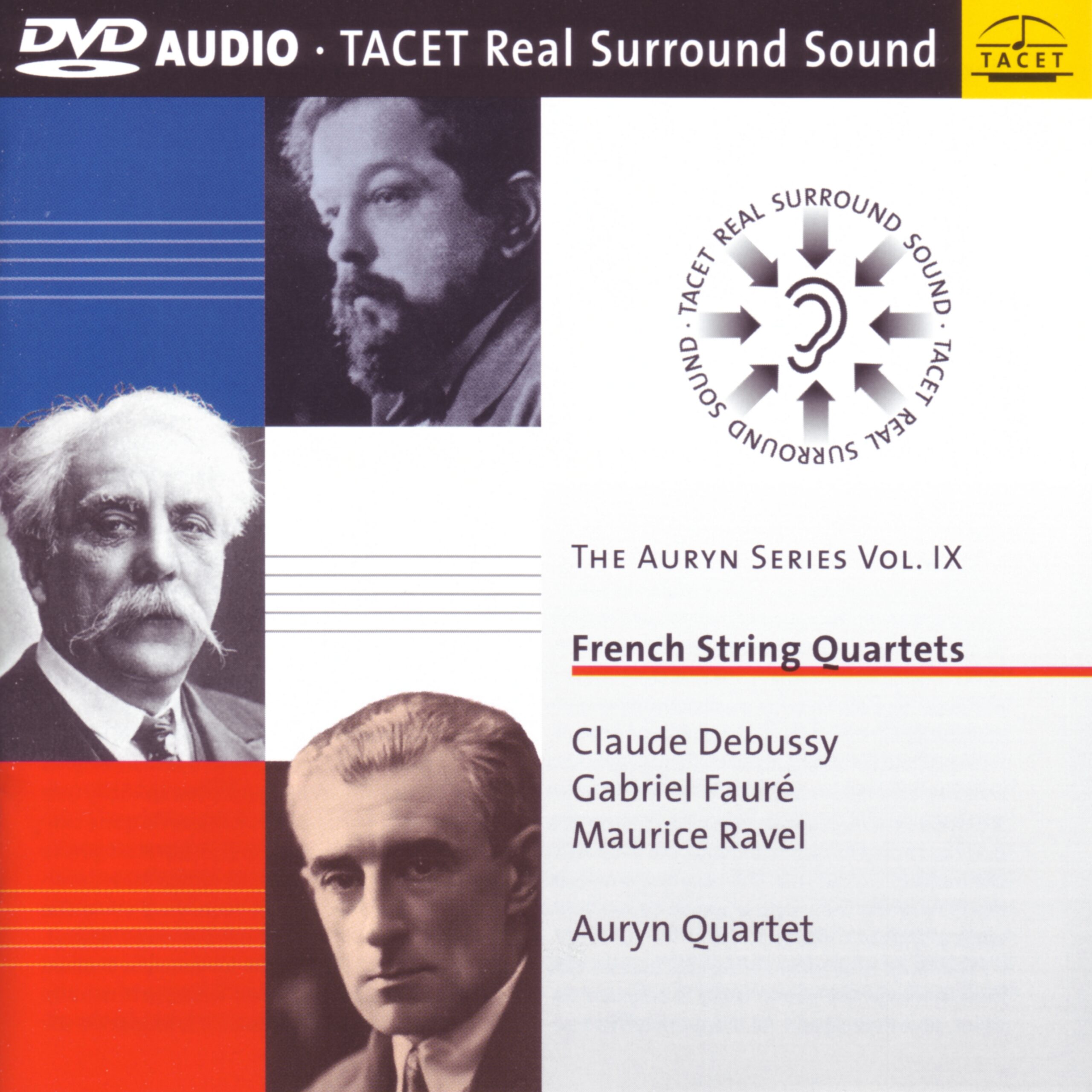
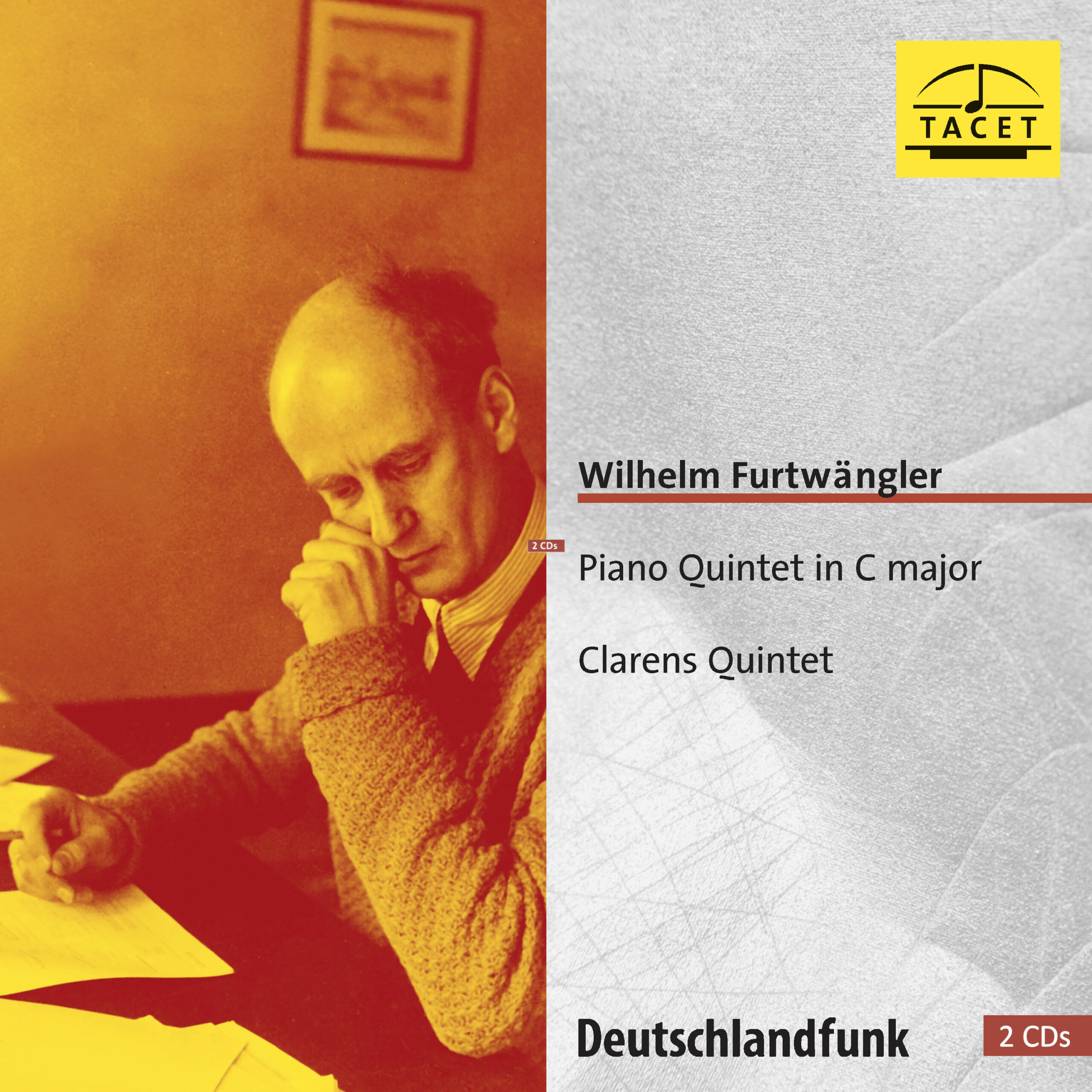
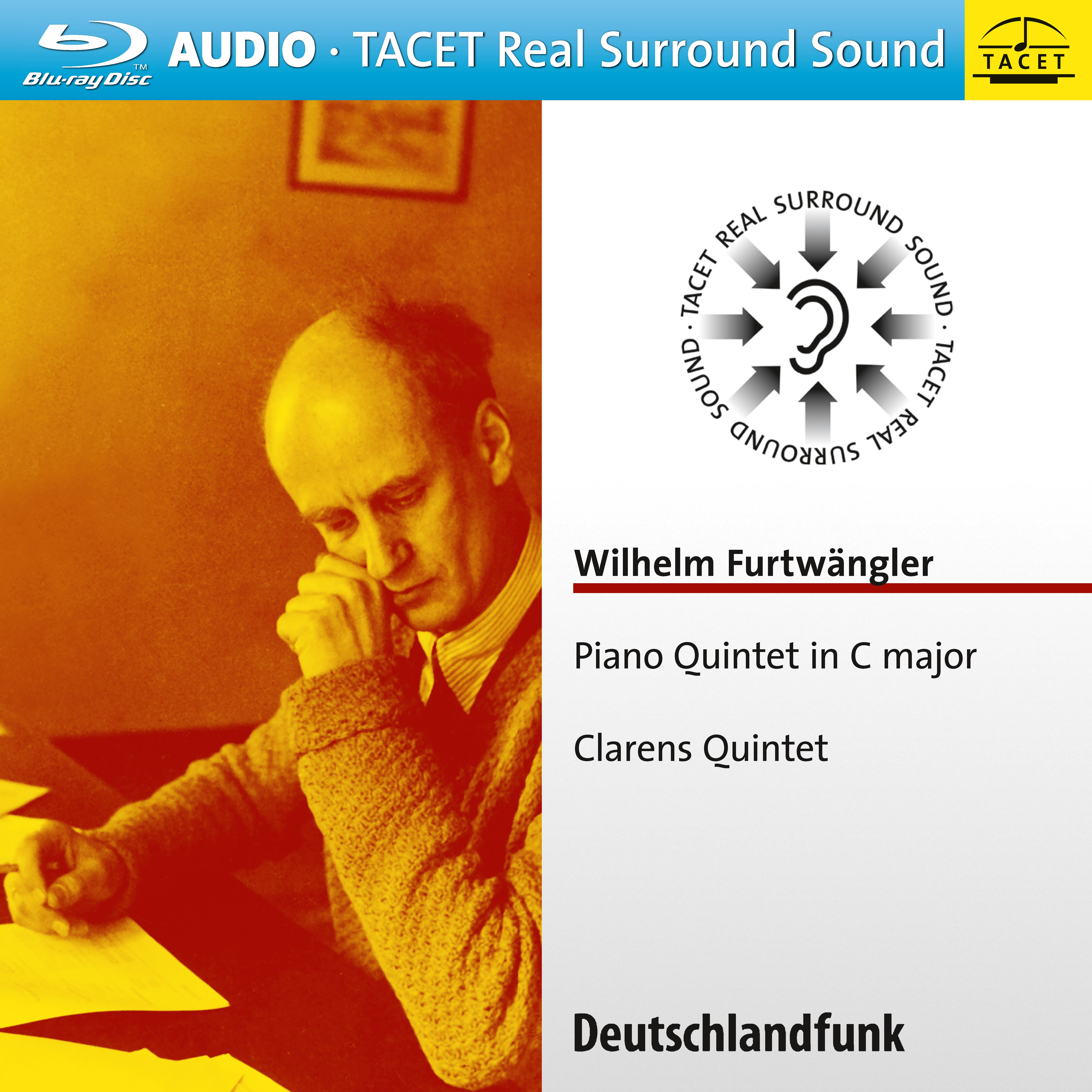
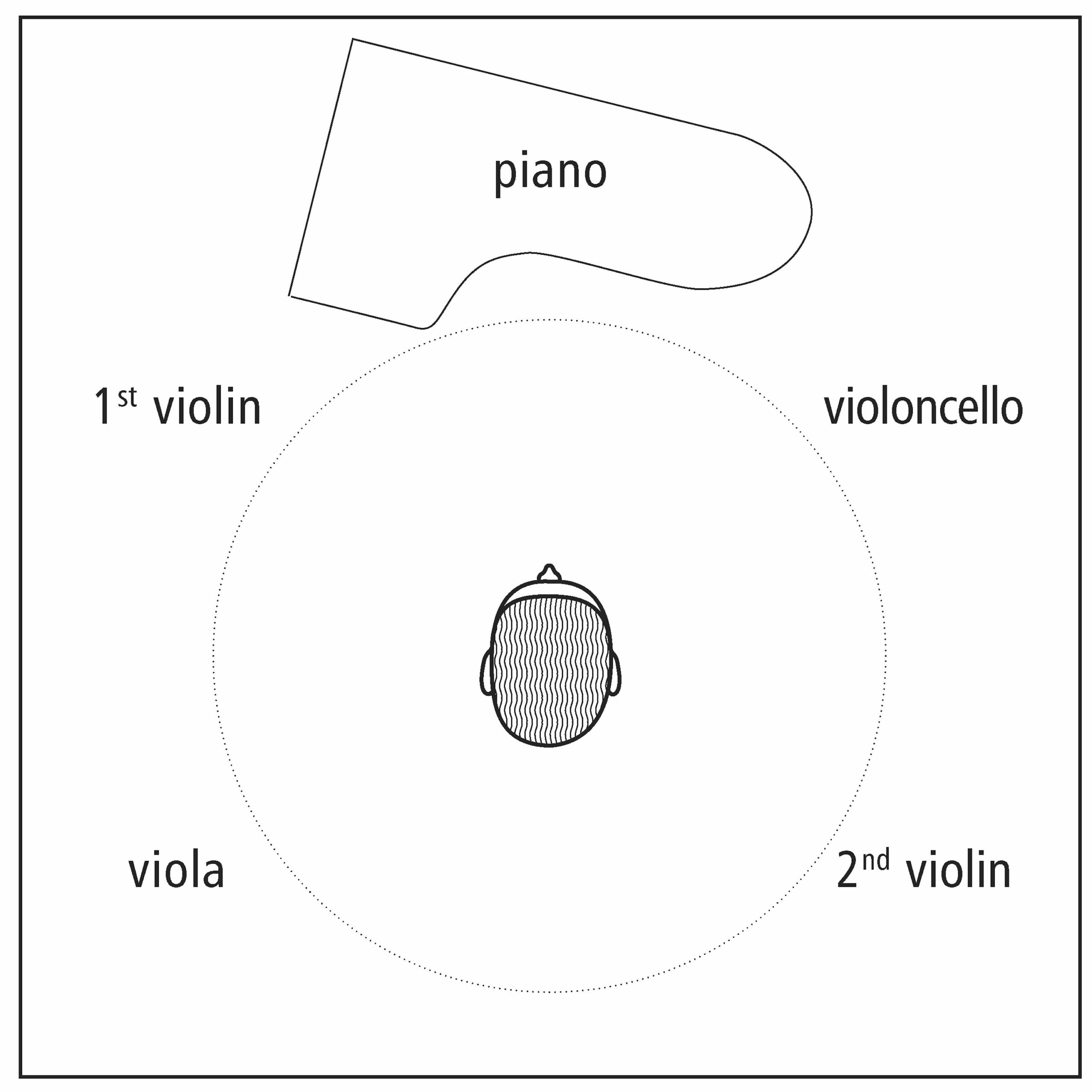
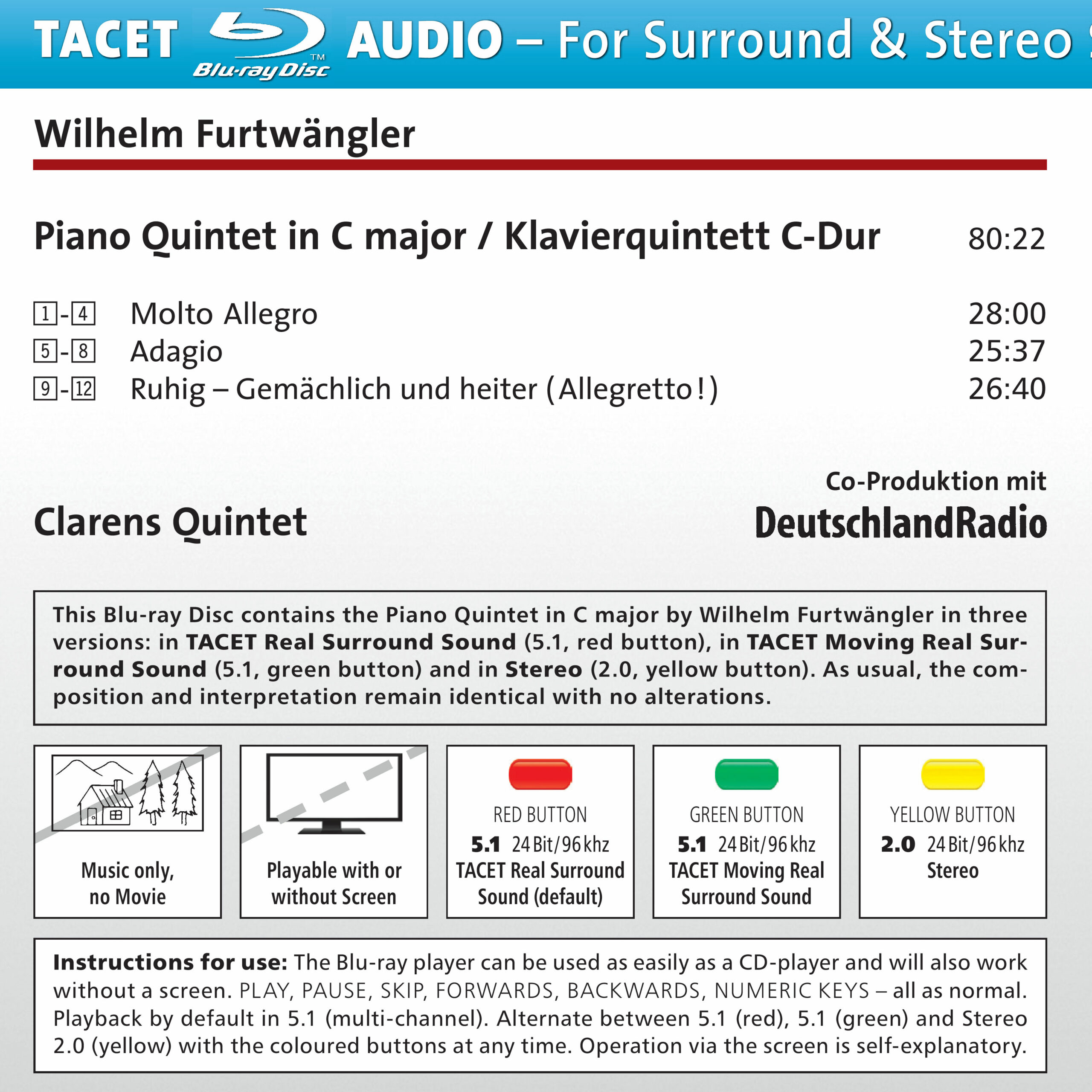
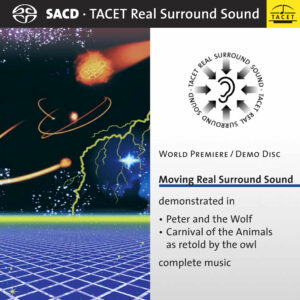
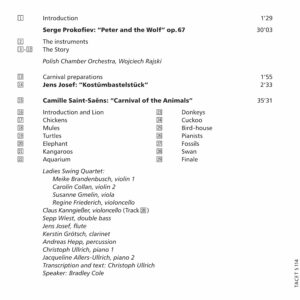

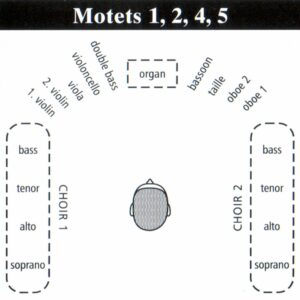
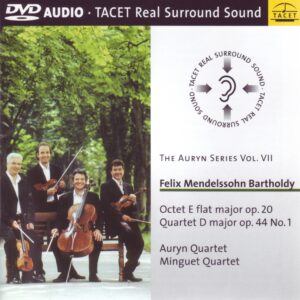
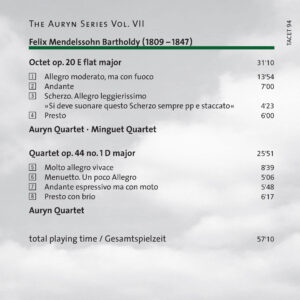
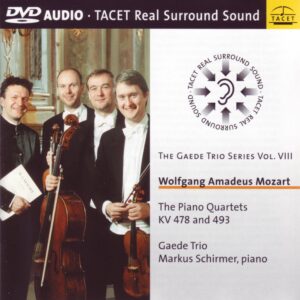
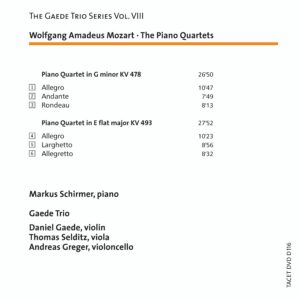
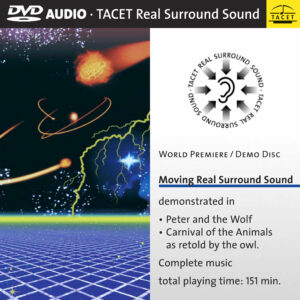

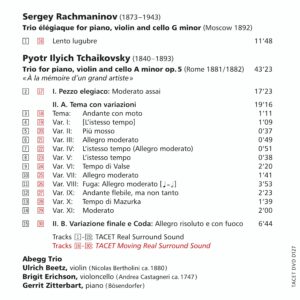
klassik.com –
--> original review
The label Tacet is re-releasing the recording of Wilhelm Furtwängler’s Piano Quintet with the Clarens Quintet on a Real-Surround-Sound Blu-ray, thereby addressing in particular new customers and owners of a high-performance sound system.
Pizzicato –
--> original review
It is often forgotten that Wilhelm Furtwängler was an enthusiastic composer and repeatedly withdrew during his conducting career to compose his own music. He did so entirely in the line of Beethoven–Brahms and on colossal scales.
His Piano Quintet has the length of a Bruckner symphony. Furtwängler worked for more than twenty years, from 1912 to 1935, on this 80-minute work, and yet one cannot deny the piece its inner cohesion and its mature architecture. It is late-Romantic and symphonically conceived chamber music of great expressive density: a weighty and pathetical work in three movements of roughly equal length.
Furtwängler described himself as a tragedian, and accordingly his music is highly expressive. The Molto Allegro sometimes rushes along powerfully, but also contains calmer passages. The Clarens Quintet plays the movement very powerfully and intensely, and one listens with interest—but this first movement is nothing compared to the following Adagio, in which the music attains a moving depth.
The composer headed the third movement “Calmly leisurely and cheerful.” The Clarens Quintet, however, is by no means satisfied with that. Even here they approach the music in a very profound way and, while maintaining calm, still uncover unrest in the music, which is played with tension and in which the mysterious side also continues to play a role.
By no means an easy work, then, but music with which one can and indeed should engage—especially as the 2003 recording released on two CDs is now available on a Blu-ray Audio in “Real Surround,” allowing a complete immersion into Furtwängler’s sound world.
Remy Franck
Klassik heute –
--> original review
While the crisis of the CD is widely lamented and the industry increasingly tries to train music consumers to become dependent on the Internet and screens, Andreas Spreer takes the opposite approach. His credo: musical experiences in the classical way, during a focused listening session on a home system, remain fully contemporary—if only one knows how to exploit the full potential of a physical sound carrier. Decades ago, Spreer already undertook such ventures with his Tacet label using DVDs—now, the much larger data capacities of Blu-ray are intended to serve a comprehensive musical experience.
This is currently happening with a re-release of the previously CD-issued recording of Wilhelm Furtwängler’s idiosyncratic C major Piano Quintet. On a Blu-ray, not only is a spatial concert-hall situation simulated via surround technology—but the three-dimensional mapping of the instruments gives rise to independent artistic processes!
If one chooses the “moving surround” option while listening, the individual instruments are no longer static in one place. They sometimes even circle the listener, almost like imaginary celestial bodies in orbit. The listening experience thus becomes, in the truest sense of the word, more dynamic.
In the case of Wilhelm Furtwängler’s Piano Quintet, this clever device helps to penetrate a completely labyrinthine piece of music. In 1911, when he began this composition, Furtwängler was not yet on a clear trajectory. Then came the sudden start of his career—the rest is history for this conductor of the century. His own compositional work thereafter led a rather shadowy existence. He designed, discarded, and reconsidered. No less than a life’s work was to be undertaken here—accordingly, every single bar of this immense four-movement quintet carries weight, in which the spirit of late Romanticism rises up without fully crossing into modernity. At times, the long movements of this colossal composition sound like Mahler, Reger, or Pfitzner—and where Furtwängler does not reach their level, he convincingly sets forth his own unique aesthetic, favoring the expansion of spatial and temporal dimensions. Like a high mountain range, it rises from one peak to the next—and in general, one often feels as if in a broad symphonic movement or even a boisterously expressive virtuoso piano concerto.
The Clarens Quintet has, in any case, grasped all the “colossal” demands—and fares very well when it comes to plausible structuring of the material. One has the distinct impression that here Furtwängler’s ideal of sound is being reflected, as handed down in his recordings.
Tacet’s moving-surround technology creates something new: if one regards Furtwängler’s musical undertaking as a restless, Faustian striving, this unstable process becomes tangibly perceptible, the more everything is set in motion and rotation.
For those who find this insufficiently realistic and would rather place the musicians in their actual locations, one simply switches to the “normal” 5.1 surround playback or listens in classic stereo. There are many other musical undertakings imaginable in which this moving-surround technique can be used meaningfully and “musically communicatively.” One might think, for example, of music theatre, and of course the multifaceted subjects in new and contemporary music, where the real future potential of this technology lies dormant.
Stefan Pieper